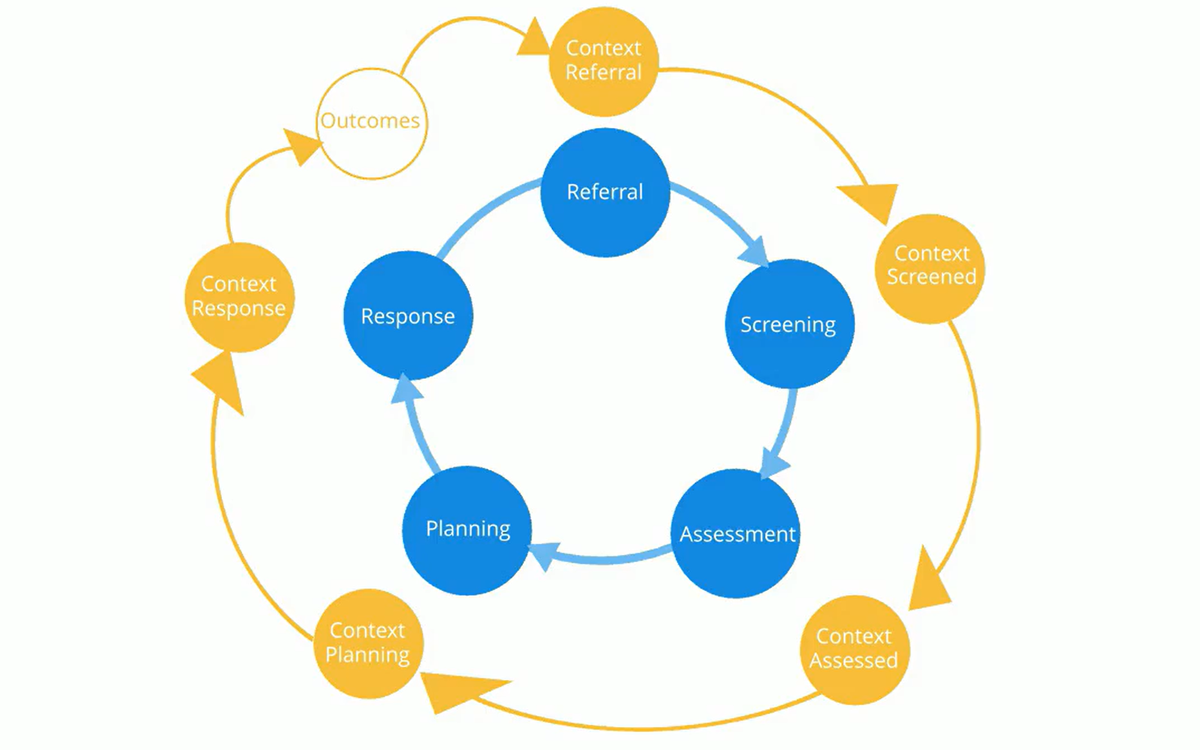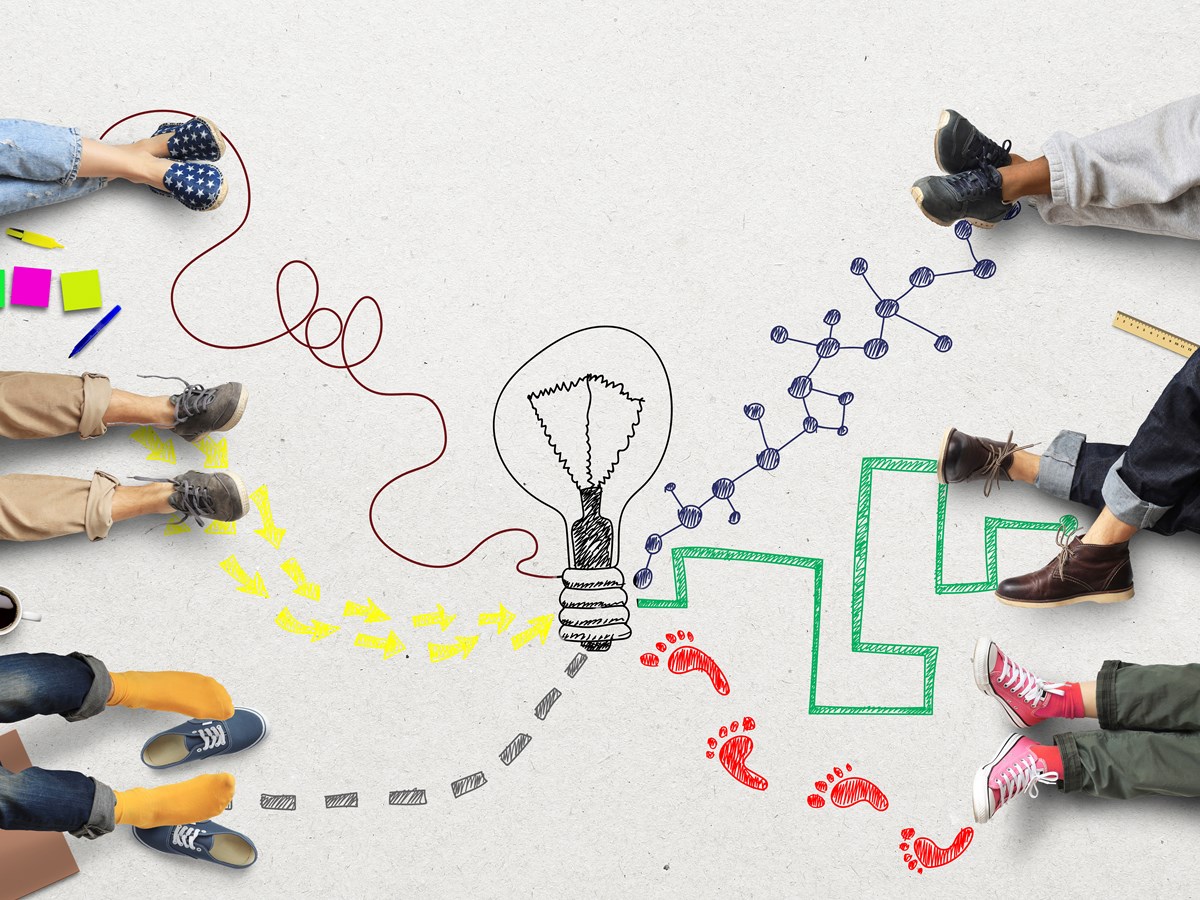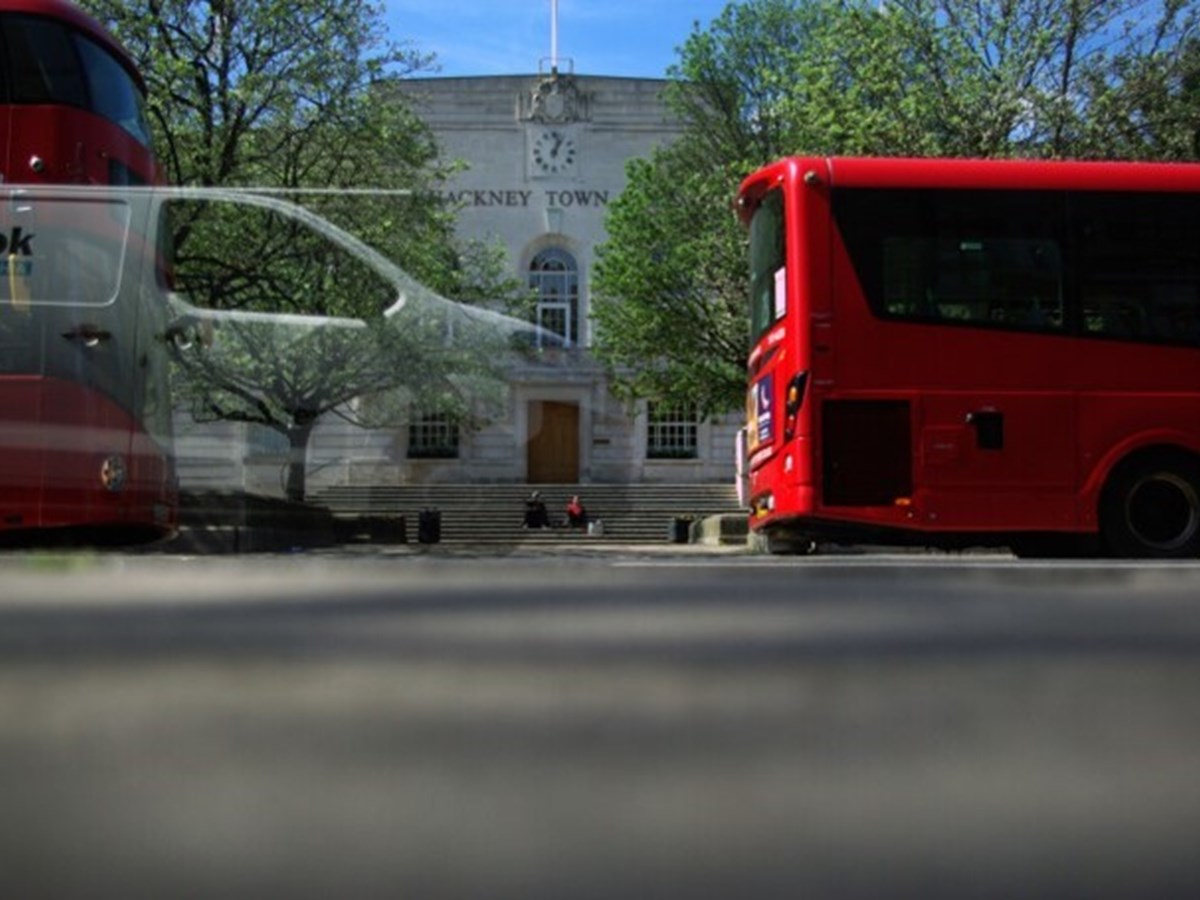This section of the Scale-Up Toolkit is for people interested in the process of system change when creating a Contextual Safeguarding system. The resources here walk you through the journey of system change from how to start, what partners to involve and examples of system change from sites. At the bottom of the page you will find a collection of 'system review resources' to help you to assess how far along you are in this system change journey, including an audit tool and framework.
Throughout the toolkit we use a range of terms to talk about safeguarding. These include:
- Extra-familial harm: Harm that happens to children outside of their families. For example child sexual exploitation, child criminal exploitation, harmful sexual behaviour and violence
- Contexts: These can be places - like a home, school or street - or a social group like a peer group
- Level 1: Safeguarding responses focussed on working with individual children and families
- Level 2: Safeguarding responses focussed on responding to harm in contexts

Video
From three years to three minutes. This short video talks through what Contextual Safeguarding system change looks like. It starts with the 'journey' that children, experiencing extra-familial harm, make through the child protection system and then on the new processes for responding to harm in contexts.
Frequently Asked Questions
Since we started working with Hackney in 2017 we have seen lots of interest in what Contextual Safeguarding is and how you go about creating system change. With this interest we often find practitioners have similar questions about how you do system change and what it looks like. We share some frequently asked questions below:
No. None of the sites we worked with during Scale-Up had a Contextual Safeguarding team with the specific task of 'case holding' young people experiencing extra-familial harm. But, the majority of sites did have a team with expertise in extra-familial harm, who worked alongside safeguarding partners to provide advice and support for practitioners who were ‘case holding’. These teams were often multi-agency, including: Youth workers, Edge of care, Child Sexual Exploitation or Child Criminal Exploitation, police, Youth Justice, Early Help workers and social workers. Practitioners in these teams held vital skills and an attitude of compassion and understanding when working with adolescents. They were often responsible for chairing or co-chairing meetings related to extra-familiar harm.
The partners that are drawn upon will depend on the harm and context identified. When young people experience harm that is considered to be ‘in need’ or at risk of ‘significant harm’, it is essential that the work is co-ordinated and led by safeguarding professionals. But, it is unlikely that one partner can do all the work on their own. The strongest Contextual Safeguarding work draws upon a range of partners. What we found was that it’s not enough to work in partnership alone but for practitioners to co-work cases.
Being able to draw upon a range of relationships to work flexibly is important. These relationships should be built on trust and have a shared ambition to protect the welfare of children. For that reason, the strongest partnerships involve youth workers and organisations who work with young people (such as local Voluntary Community Sector organisations). Youth workers are particularly important because of the time and focus within their role on building trusting relationships with young people.
In Scale-Up we have seen Contextual Safeguarding integrated into the work of Early Help, Child in Need and Child Protection teams. There has been though, a striking absence of involvement with Leaving Care and Looked After Children's teams, meaning that there is a significant potential for developing work in this area.
Yes. It’s important to build in the views of young people and families from the beginning. Young people and parents should be consulted about elements of Contextual Safeguarding, for example, their thoughts on how you use peer mapping. When you are changing your safeguarding system, you should consult families and young people at the design stage and about how they experience the changes you make so that you can make adjustments in response to their feedback.
Context assessments mean conducting an assessment of a context, such as a peer group or a location, rather than a traditional style assessment focussed on an individual young person.
The people who lead these types of assessments varied across our sites. In most cases contexts were discussed in a multi-agency meeting where a decision would be taken as to who would lead the assessment. For example, the neighbourhood assessment in one site was undertaken by Community Safety, while their exploitation team undertook a parallel peer group assessment of young people who spent time in that neighbourhood. Both assessments were provided with support by the manager of the exploitation service. In another site, a location was identified by practitioners and a series of complex strategy meetings were set up, chaired by Children’s Social Care, alongside VCS, Community Safety and licensing. The assessment and response was undertaken by youth workers from the VCS who engaged the young people alongside police, who worked on disrupting perpetrators.
The important issue was not necessarily where young people affected by extra-familiar harm ‘sit’ in the system but how practitioners were supported to work with young people. In all sites, Contextual Safeguarding Champions were trained and provided support to practitioners. In some sites these Champions led sessions and trained multi-agency practitioners to increase their confidence and support. In other sites, practice development leads were essential to creating resources and supporting practitioners.
Most importantly it is essential that those undertaking the work understand adolescent development and like working with young people. Champions need to understand the aims, values and domains of Contextual Safeguarding and what applying these looks like in practice. Practitioners need to be supported to confidently raise concerns or identify problematic approaches within an environment which encourages positive challenge and a learning culture. It is essential that there is buy-in and support at a senior level, so that operational staff are supported.
How did Scale-Up sites start the process of system change? What changes do you make to policy? What is a threshold for a context? The following videos, briefings and example documents provide examples of contextual system change.

System review lets you understand how your system responds to extra-familial harm and your progress at creating a Contextual Safeguarding system. These System Review resources provide guidance, templates and examples to assist leaders to complete your own 'system review'

Our Watching Over Working With project explores practitioners' relationships with young people. These resources and guidance documents should help you think about the types of relationships that are featured in your work with young people, and the possible implications of this for adopting an ethical approach to Contextual Safeguarding.









